Are you a hospital CEO, CIO, or director looking for innovative ways to optimize the efficiency of your healthcare organization? Healthcare organizations are beginning to look beyond traditional storage and technology capabilities and embracing cloud computing in healthcare to increase patient satisfaction, enhance collaboration within the team, improve administrative processes, drive cost savings, and more.
In this blog post, we’re taking a closer look at how cloud-driven innovations have positively impacted the healthcare industry. From enhanced patient experience and improved communication with clinicians – cloud-powered innovation can open up new possibilities for improving hospital operations!
How cloud-related healthcare innovations are transforming the industry
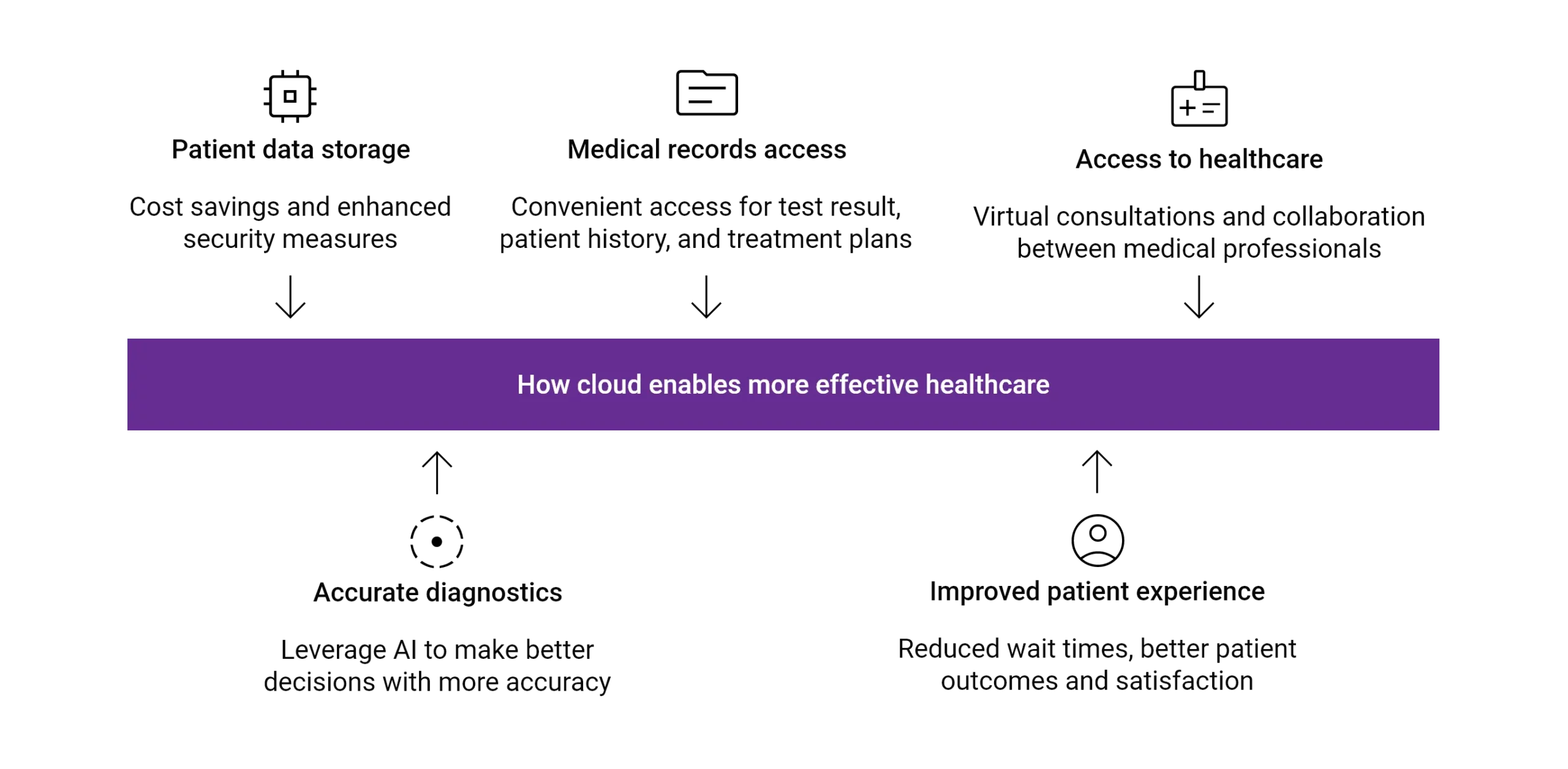
Cloud technology has been a game-changer for numerous industries, and healthcare is no exception. Healthcare providers are using cloud-based solutions to manage patient data, streamline processes, and improve overall care quality. One of the biggest benefits of cloud computing in healthcare is the ability to securely store and share large amounts of data. With the ability to access information from anywhere, doctors and nurses can quickly pull up patient files, review medical histories, and collaborate with colleagues in real-time. Cloud technology is also making testing and diagnosis more efficient by allowing for remote monitoring and analysis of patient data. These advancements are transforming the healthcare industry, enabling providers to consistently deliver the best possible care to their patients.
Patient data storage
If you are in the healthcare industry, you know how crucial it is to secure patient records. But did you know that cloud storage can help make this process a breeze? Not only does cloud storage save on costs, but it also enhances security measures. Since the data is stored on the cloud, it’s not vulnerable to physical theft or damage. Plus, you can access the data anytime, anywhere – making it all the more convenient for healthcare professionals on the go. With cloud storage, your patient data is in safe, secure hands. So, whether you’re a doctor, nurse, or administrator, it’s time to consider moving to cloud storage for your patient records.
Medical records access
With the help of cloud computing, doctors can access medical records in just a few clicks. Gone are the days when physicians had to physically search through piles of files and documents just to find a patient’s medical history. With cloud computing, medical records are stored online and can easily be accessed from any device with an internet connection. This not only saves time for doctors but also ensures that patient data is kept safe and secure. Doctors can quickly access important information such as test results, medication history, and treatment plans using cloud technology. It’s no wonder that so many medical facilities are turning to the cloud to streamline their operations and provide better patient care.
Access to healthcare
Telemedicine technology has revolutionized the way healthcare services are being delivered to patients. With the advent of telemedicine, patients who live in remote or underserved areas can now easily access quality medical care from the comfort of their homes. Telemedicine technology has allowed patients to consult with their doctors virtually, outside regular clinic hours, and with greater convenience. Patients can also benefit from remote monitoring devices that transmit data such as blood pressure readings and other vital signs, allowing healthcare providers to monitor their condition remotely.
Furthermore, telemedicine technology has opened up new opportunities for medical professionals to collaborate, share knowledge, and consult with each other on challenging cases, enabling better patient outcomes. It is clear that telemedicine technology has transformed the healthcare sector by increasing the availability of medical services for patients and facilitating better communication and collaboration between healthcare providers.
Accurate diagnostics
Artificial intelligence (AI) has made its way into the healthcare industry and is changing the game for healthcare professionals. With the help of AI tools, healthcare professionals can now make better decisions and improve diagnosis accuracy. These tools provide a wealth of information that doctors can use to make more informed decisions about patient care. For example, AI-powered tools can mine patient data, such as electronic health records, lab results, and images, to give doctors a more comprehensive view of a patient’s health. This allows healthcare professionals to make more accurate diagnoses and develop more effective treatment plans. As AI advances, we can expect to see even more innovative tools that will help transform healthcare delivery.
Improved patient experience
Visiting the doctor can often be a stressful and time-consuming process, but advancements in technology and changes to healthcare systems have led to a more convenient and positive experience for patients. Some of these changes include the ability to book appointments online, virtual visits with healthcare providers, and updated waiting room protocols to reduce wait times. These improvements provide convenience and lead to better patient outcomes and satisfaction. Patients are now able to receive the care they need in a more efficient and stress-free manner, ultimately enhancing their overall experience.
Conclusion
In conclusion, cloud computing in healthcare has revolutionized the industry. From cloud storage solutions that improve security and reduce costs to AI tools that aid in diagnosis accuracy, healthcare professionals now have access to a range of tools to make their work easier and more efficient. Advanced telemedicine technology has made quality healthcare services more accessible than ever before, giving patients greater convenience and shorter wait times for their appointments. Thanks to these advancements in cloud technologies, healthcare professionals and patients can benefit from increased data security and improved quality of care – making it a win-win for all involved.



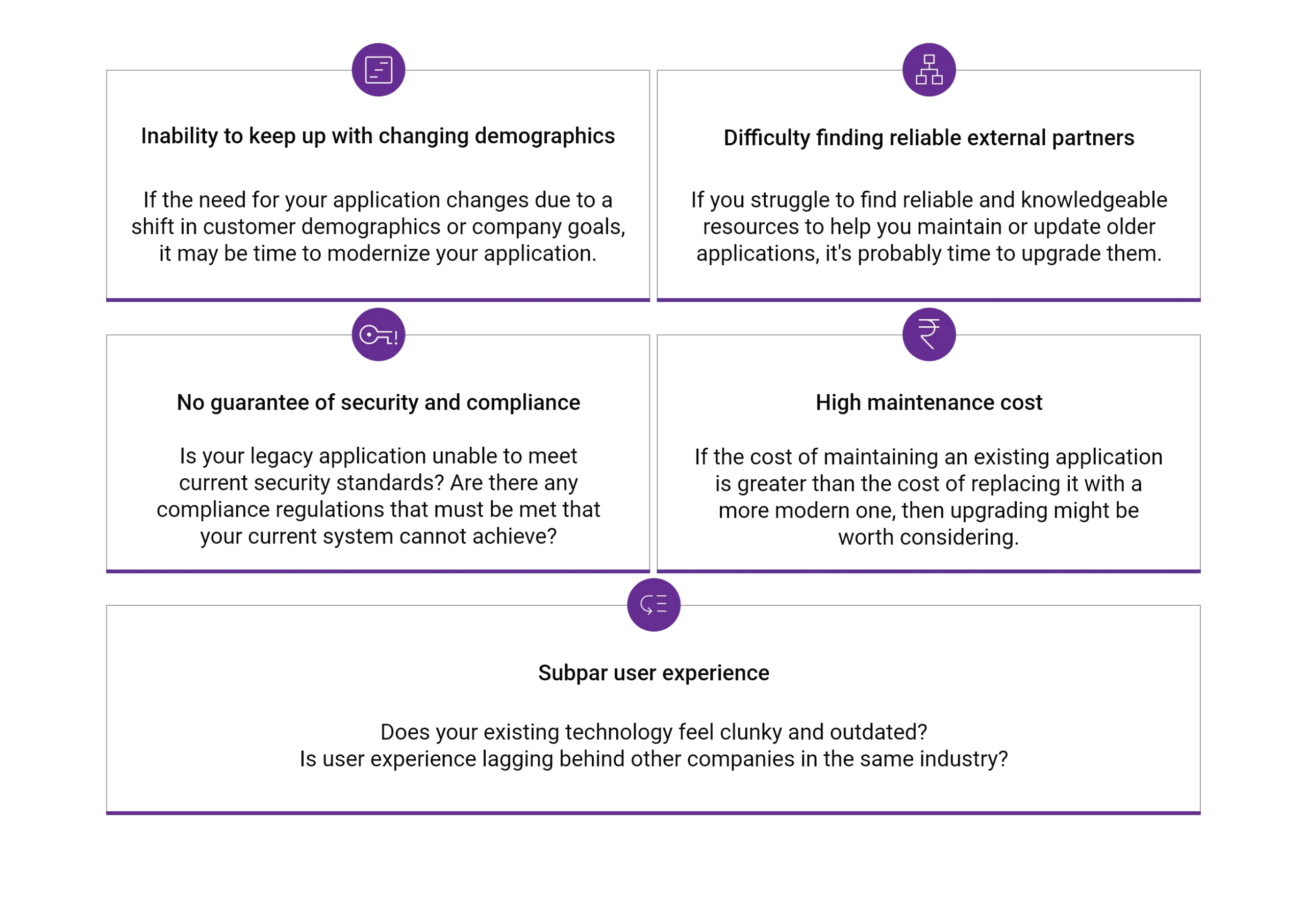 Ultimately, the best approach is to consult with experts who can offer guidance on how you can successfully modernize your applications while minimizing disruptions and downtime.
Ultimately, the best approach is to consult with experts who can offer guidance on how you can successfully modernize your applications while minimizing disruptions and downtime.
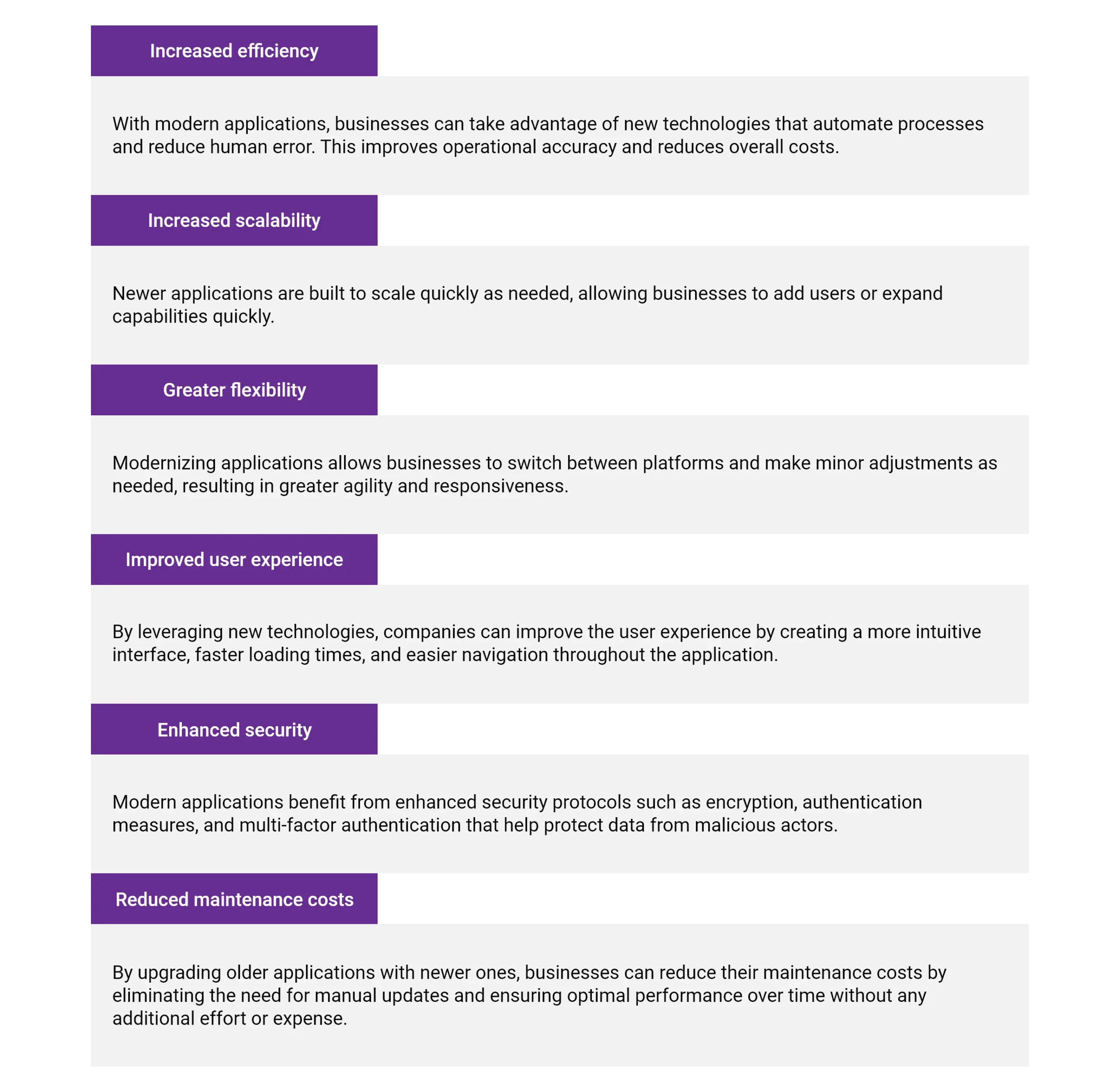


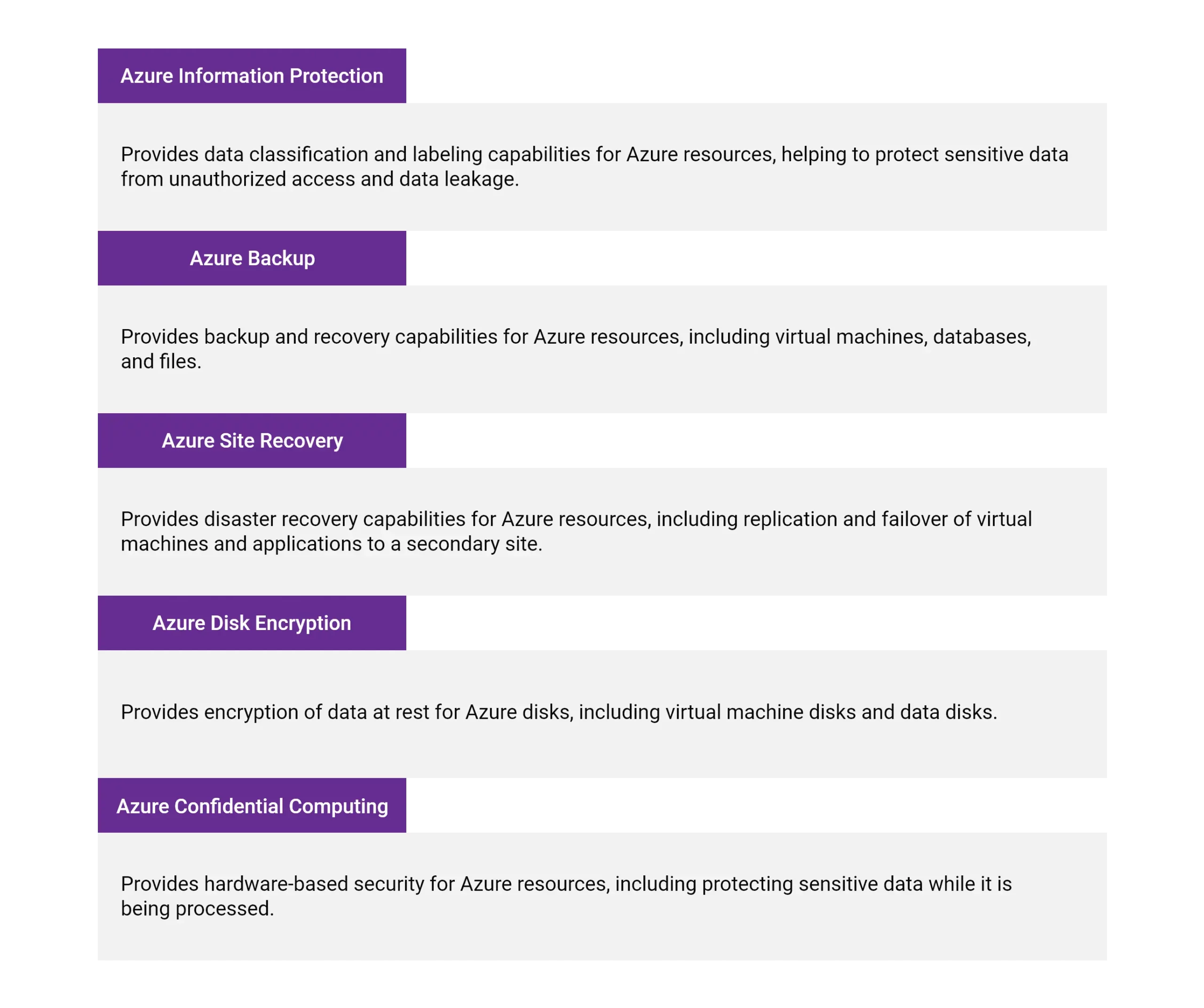
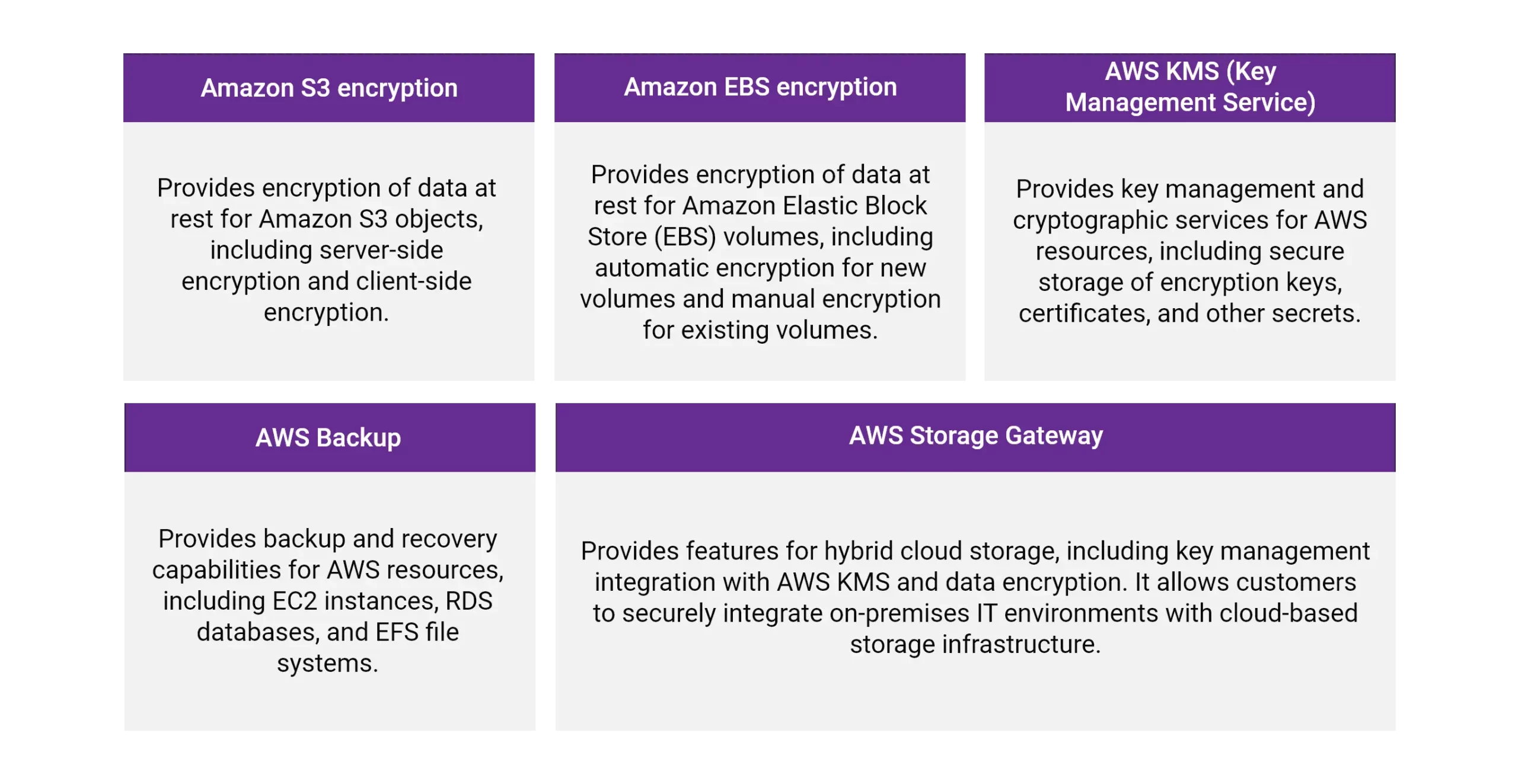
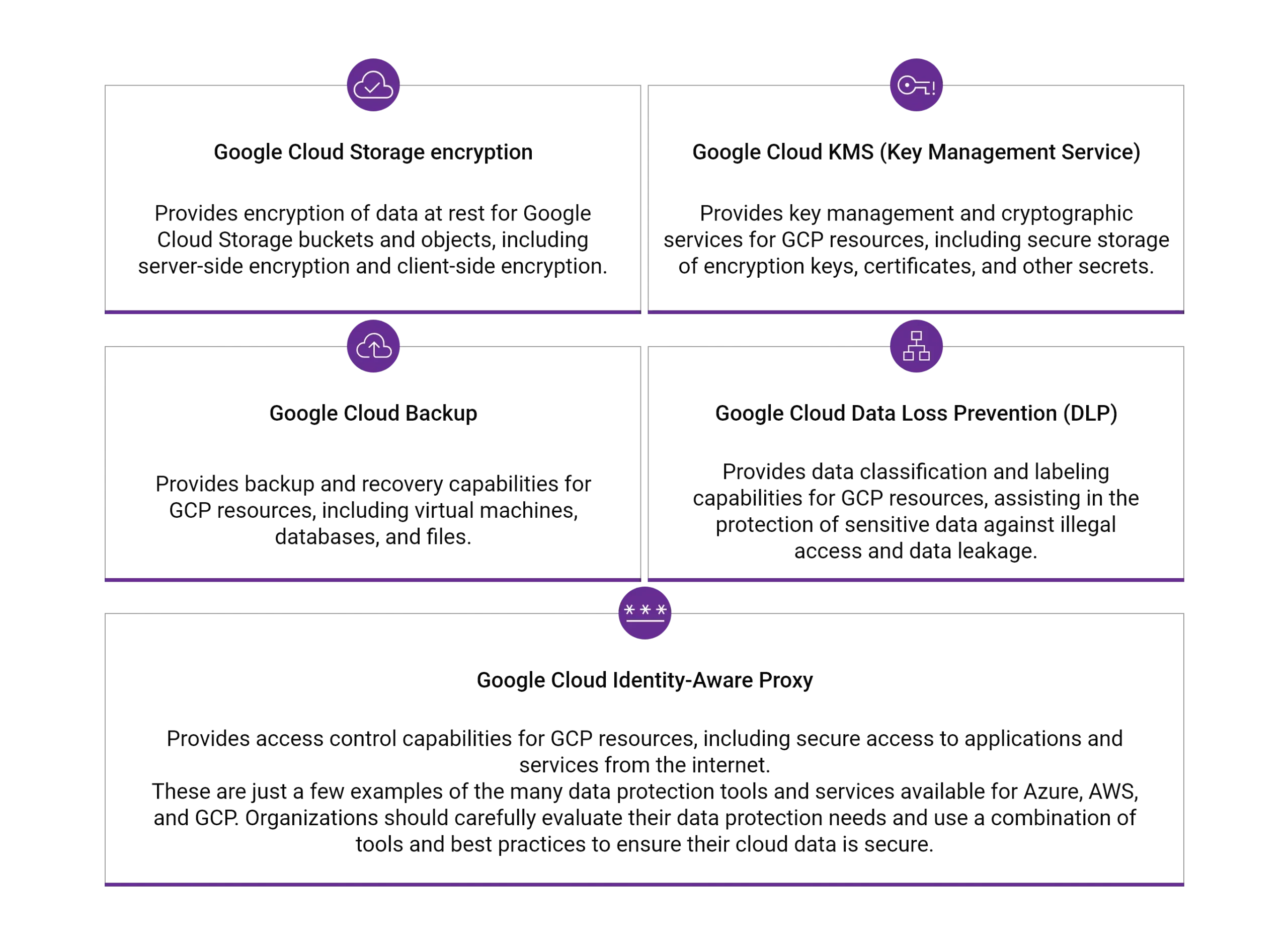
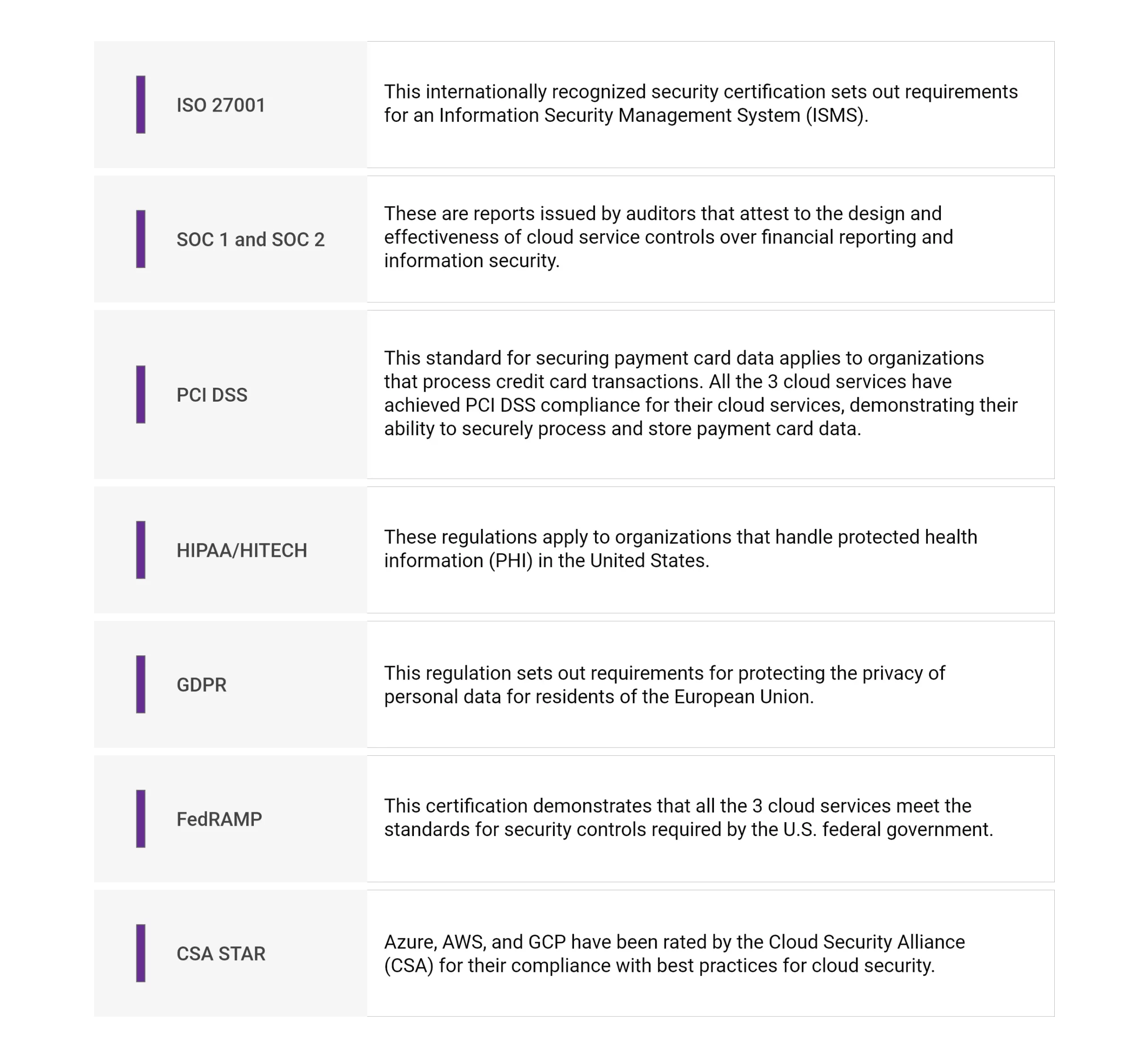
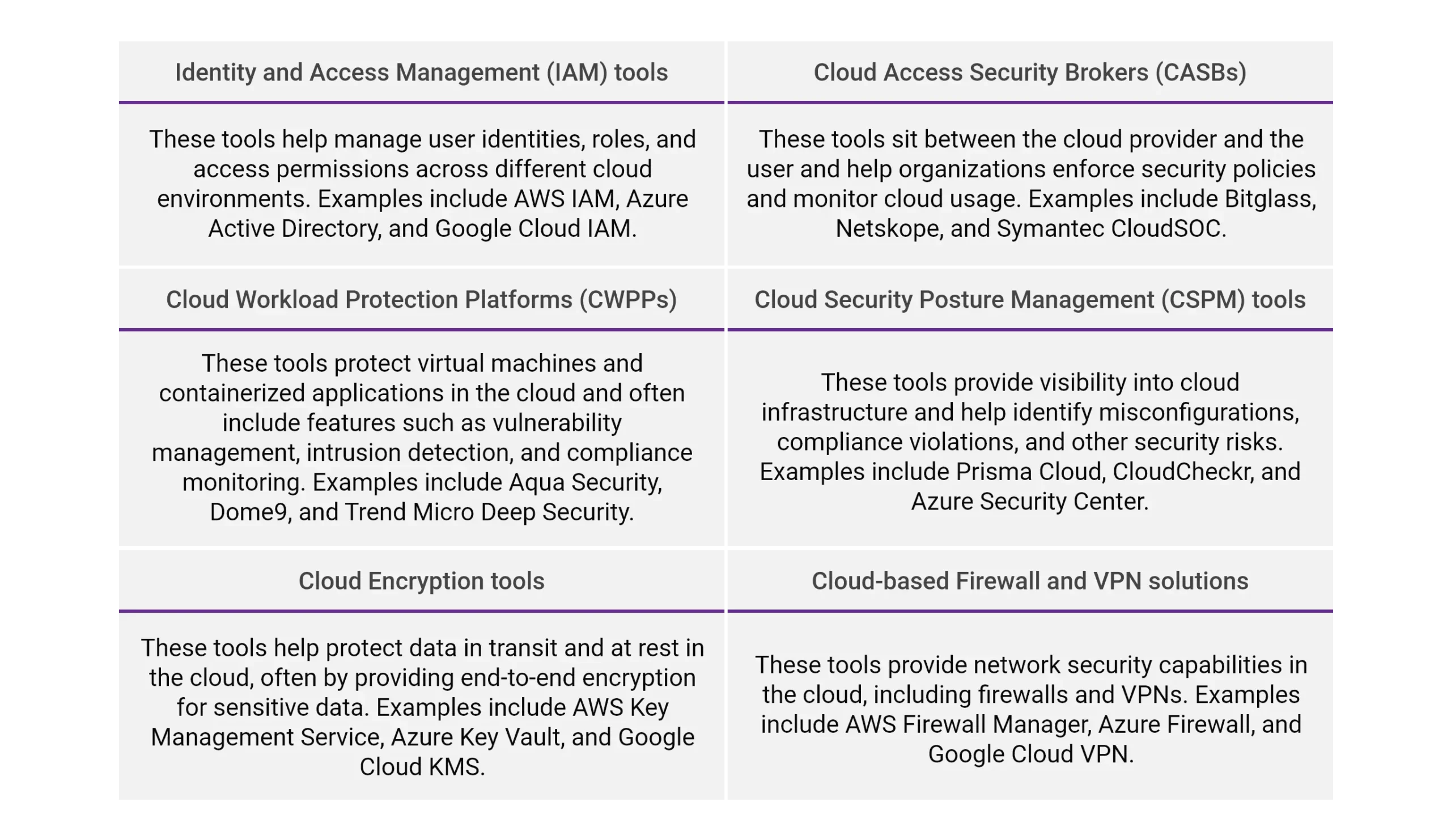
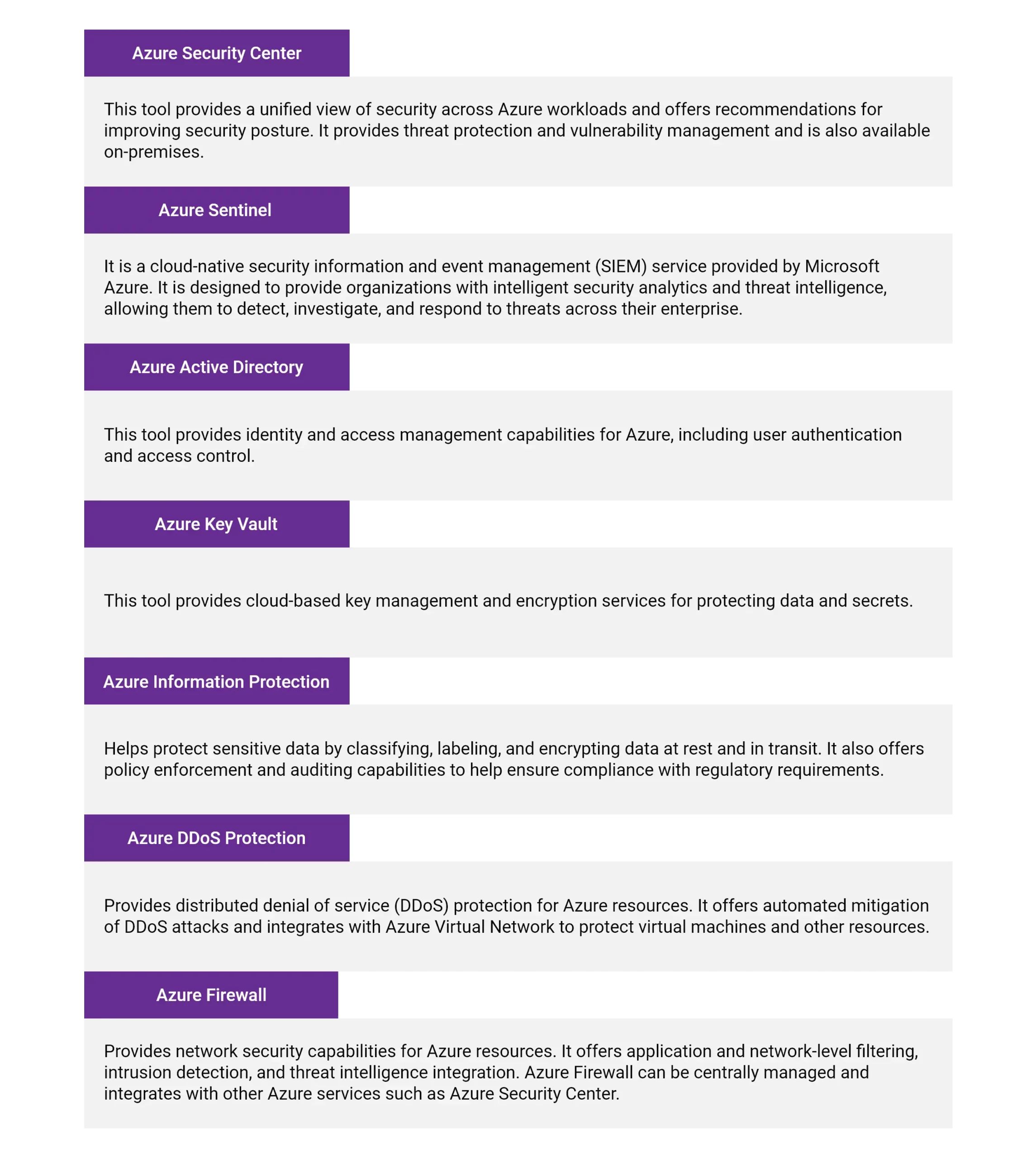
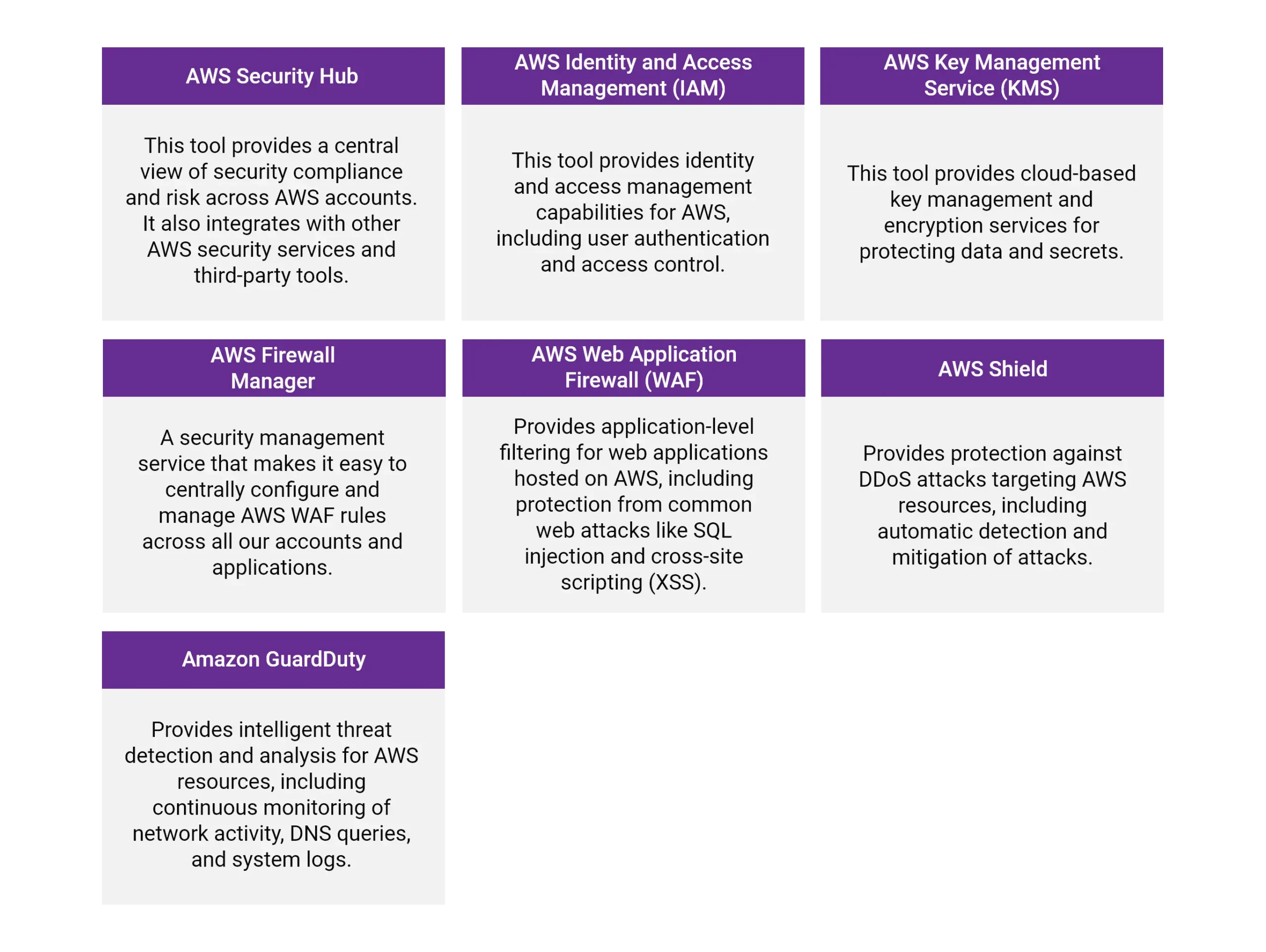
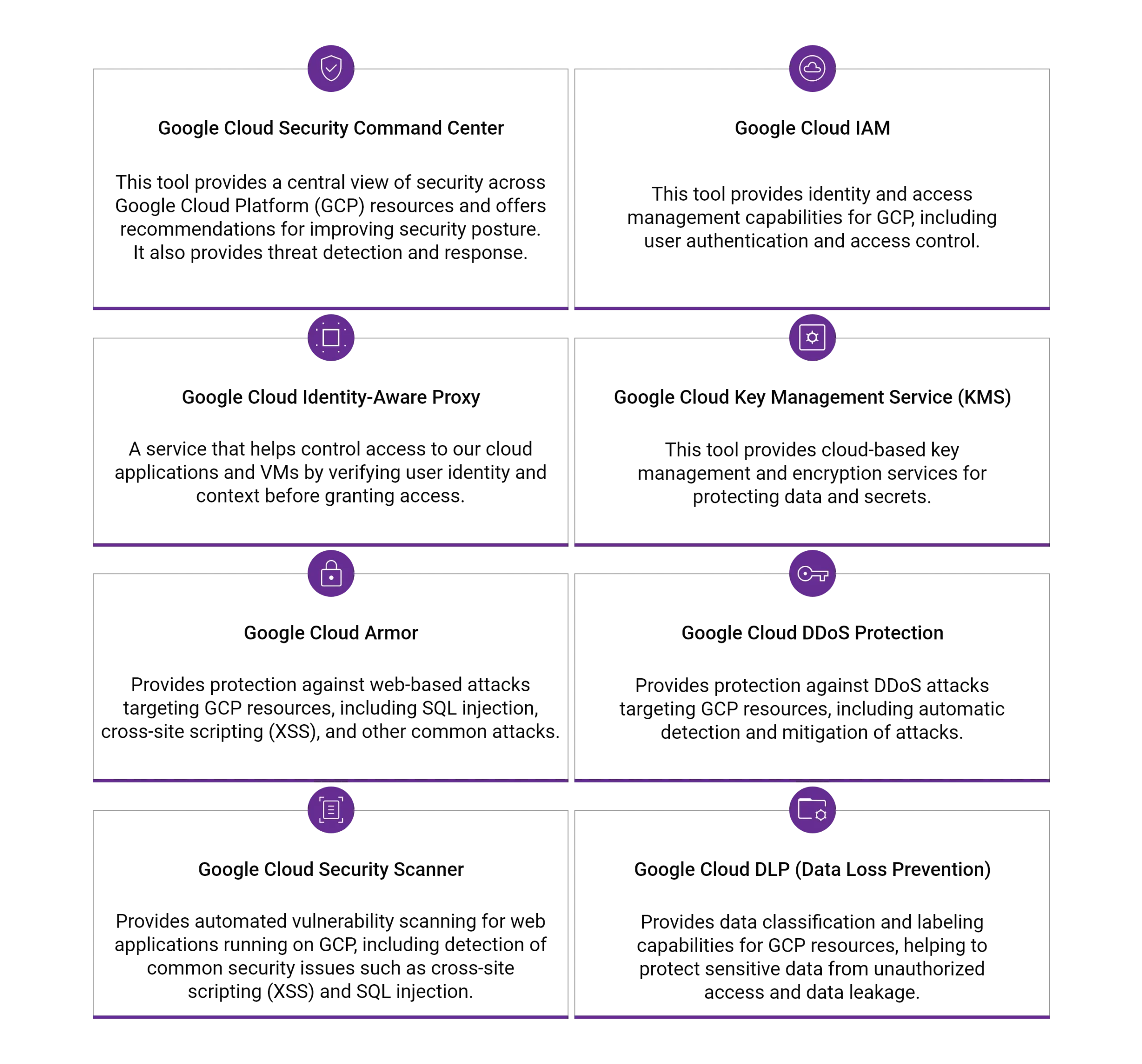

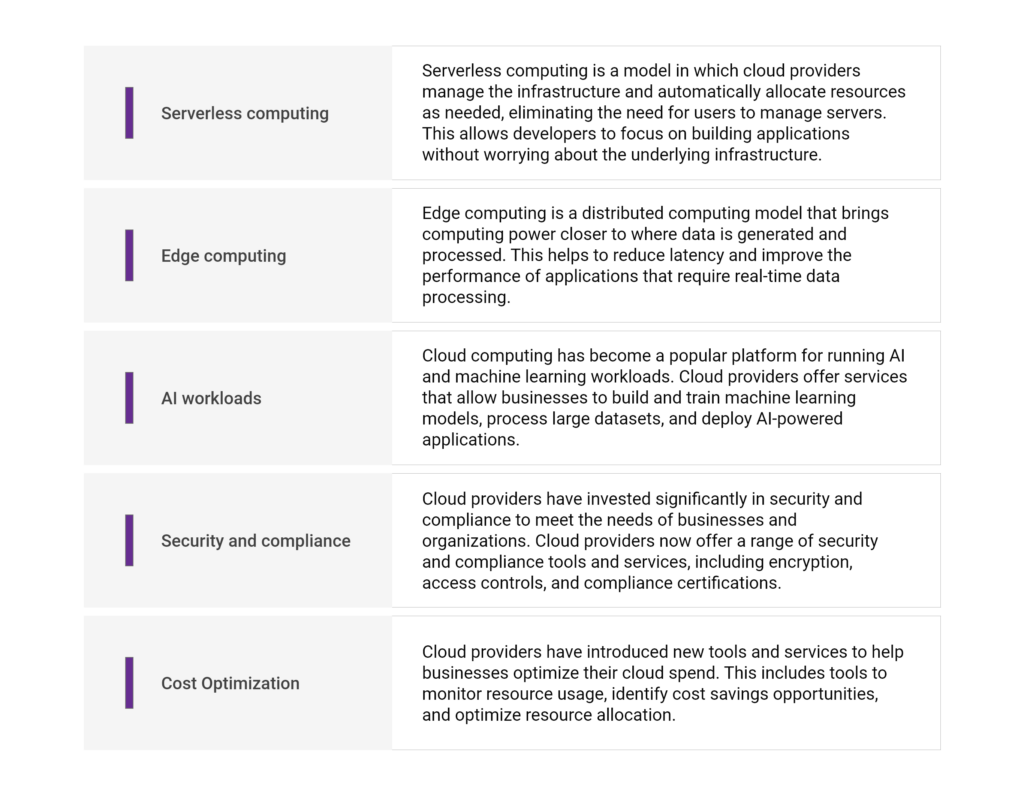







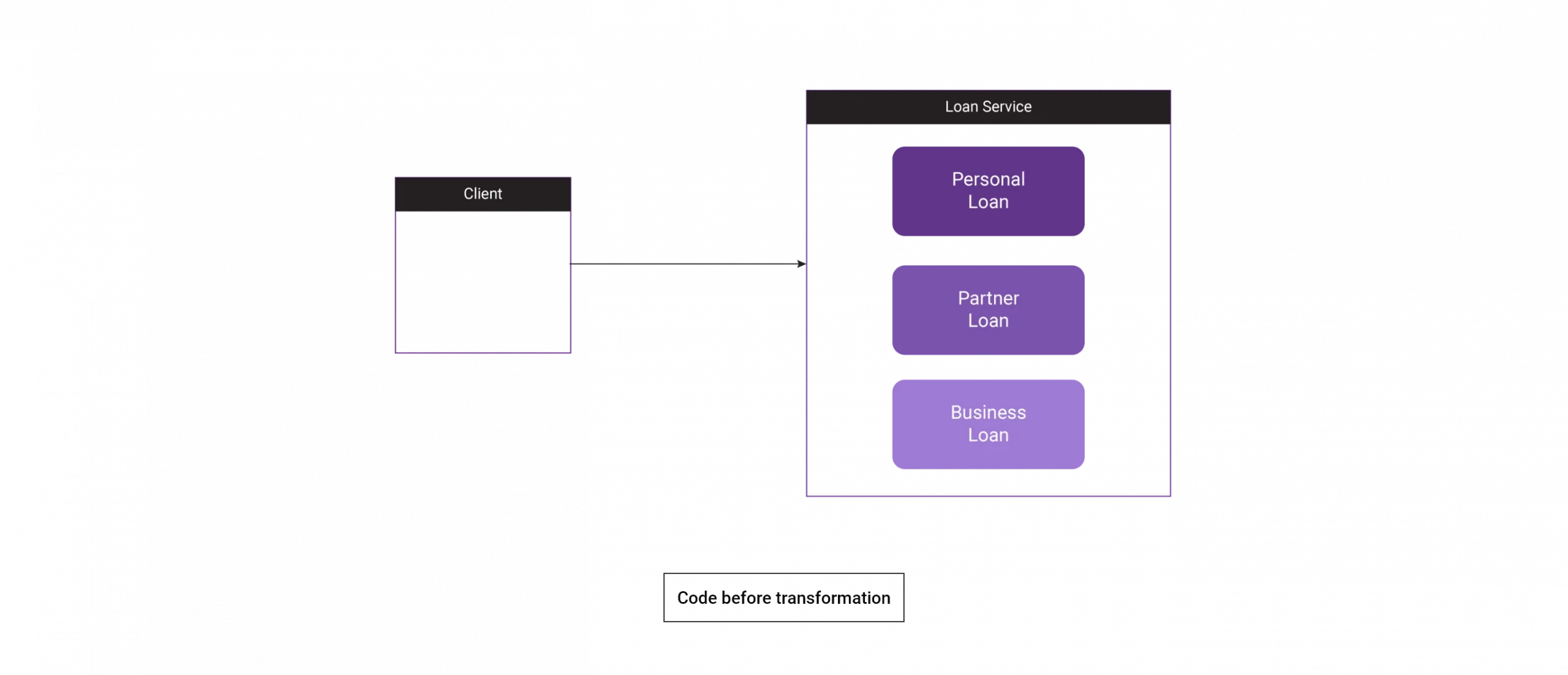
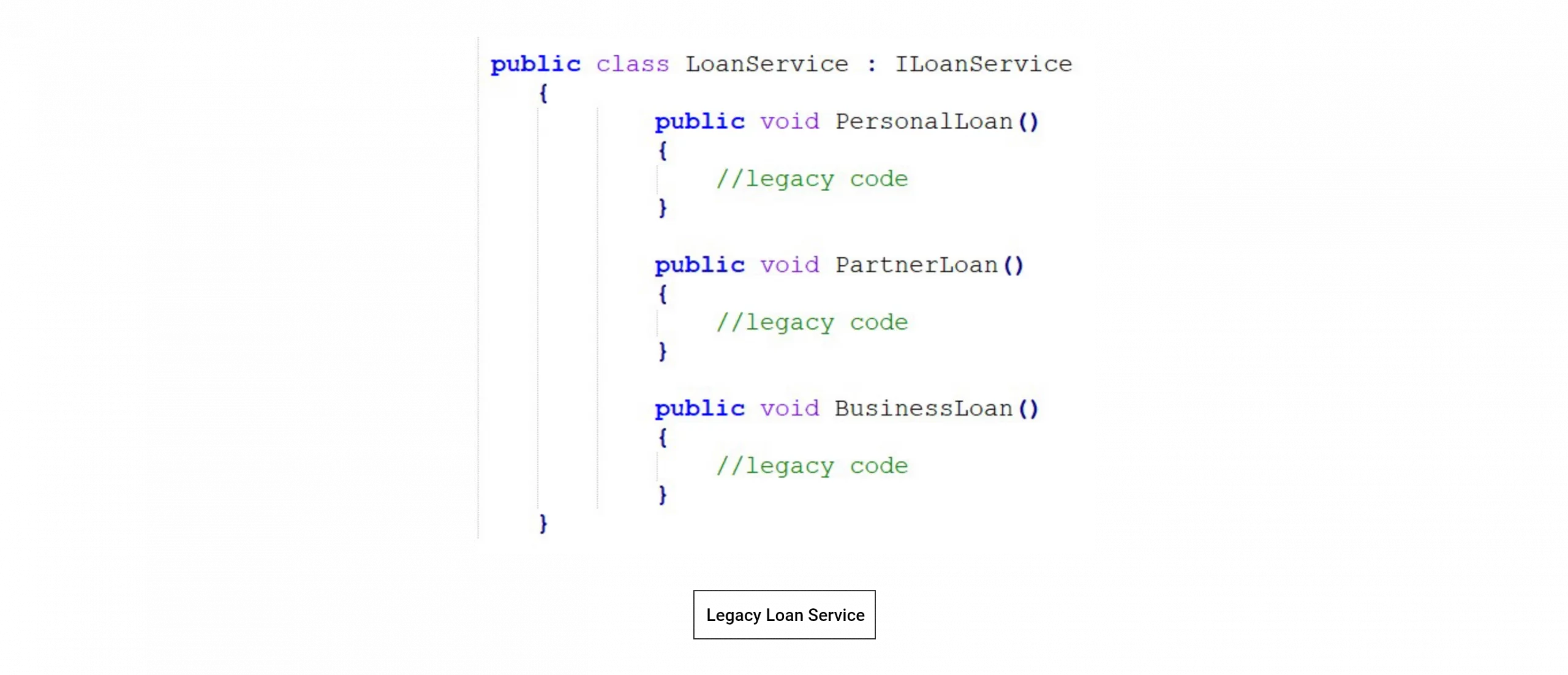
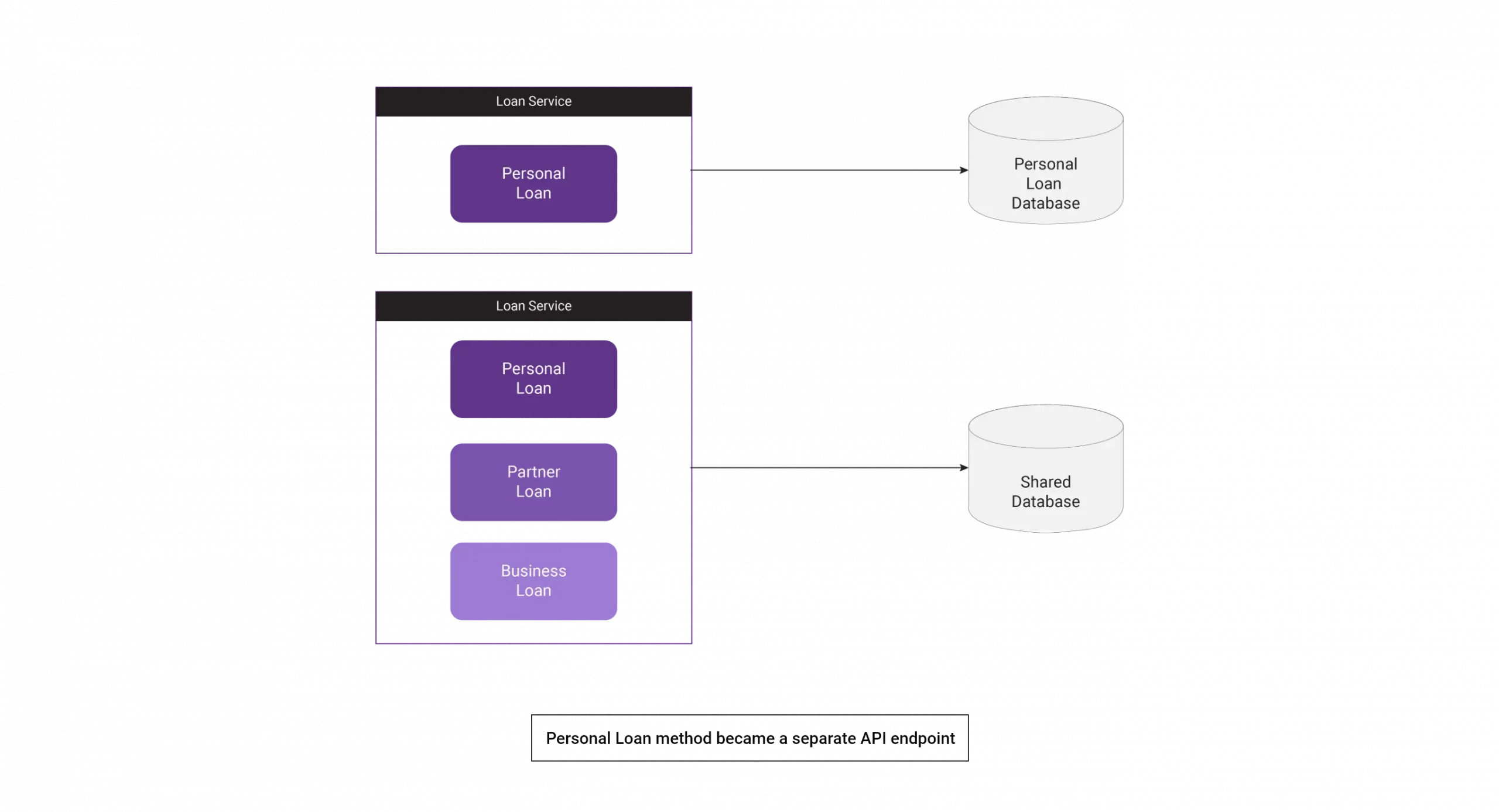
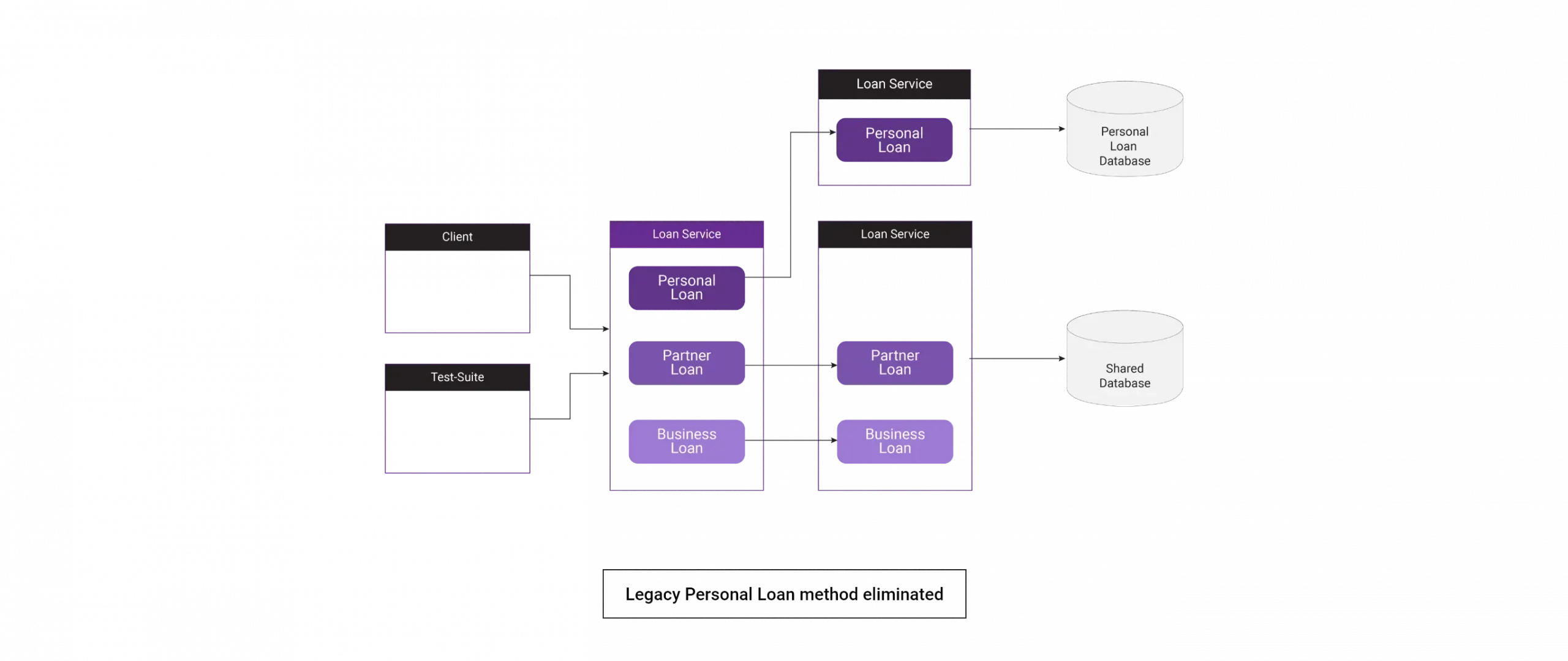


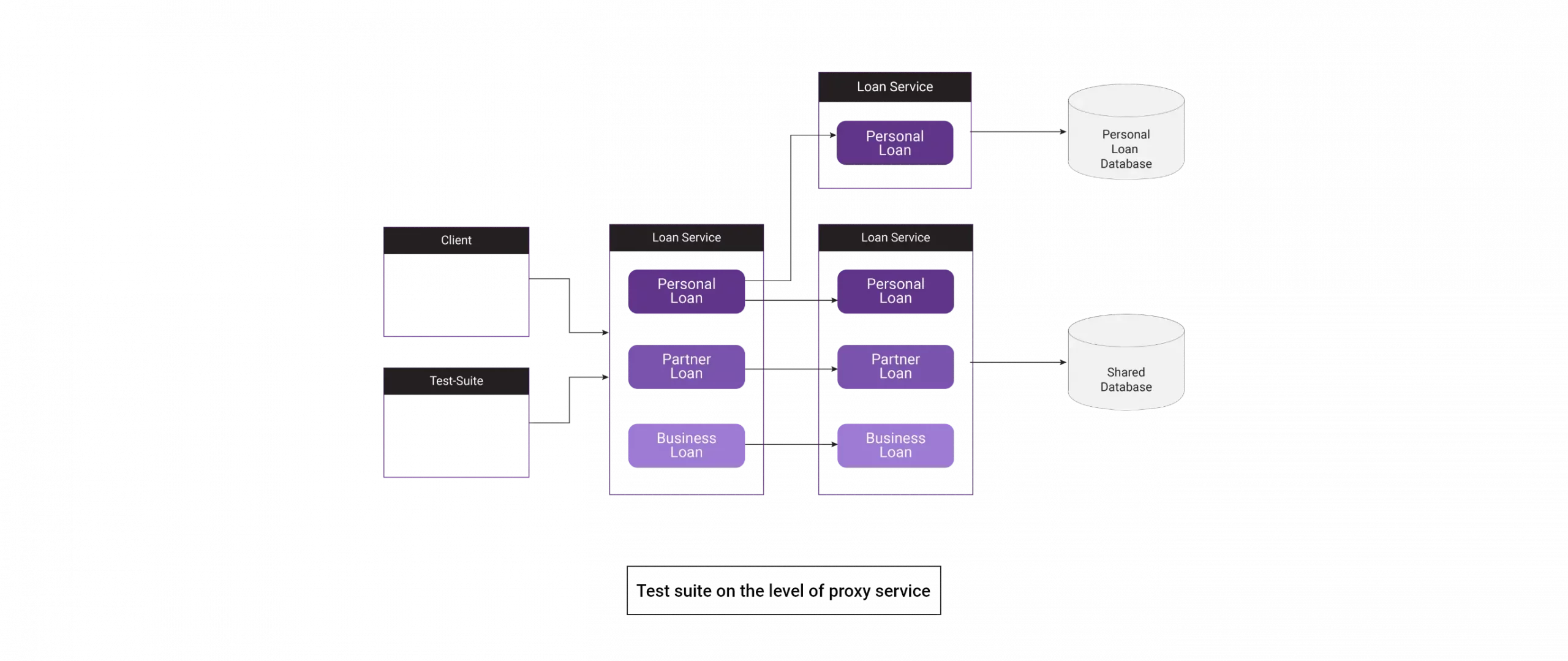





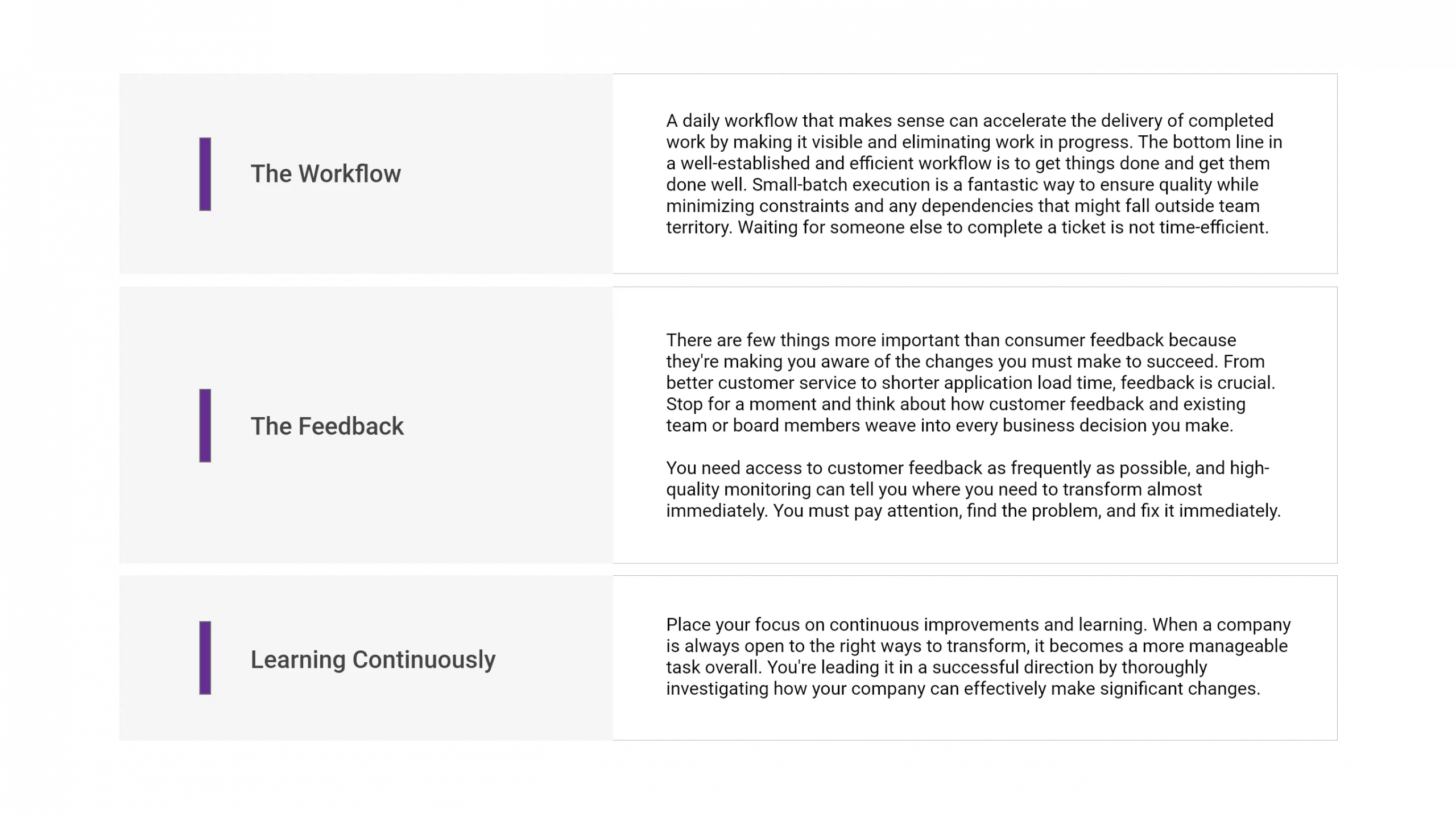

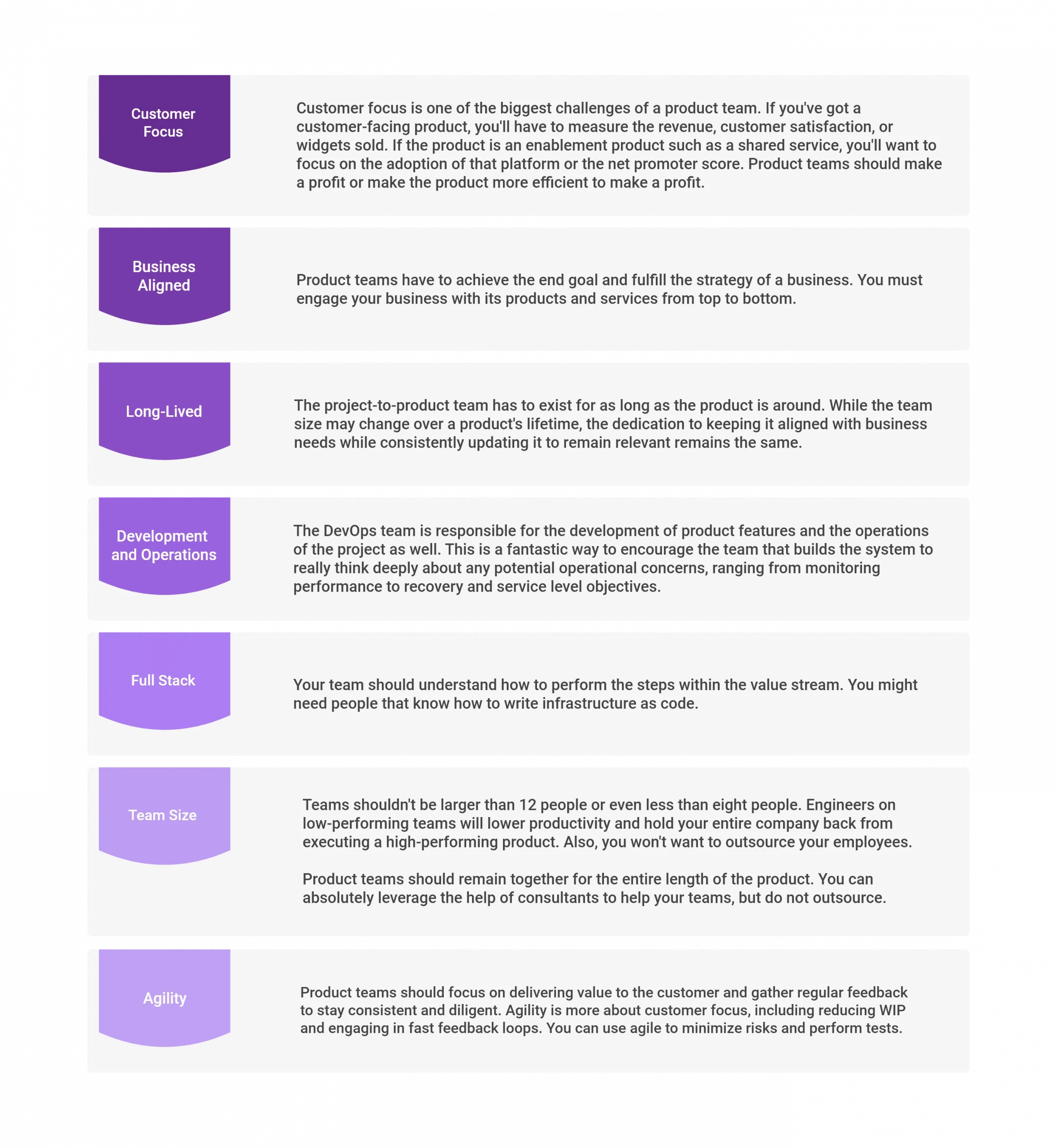


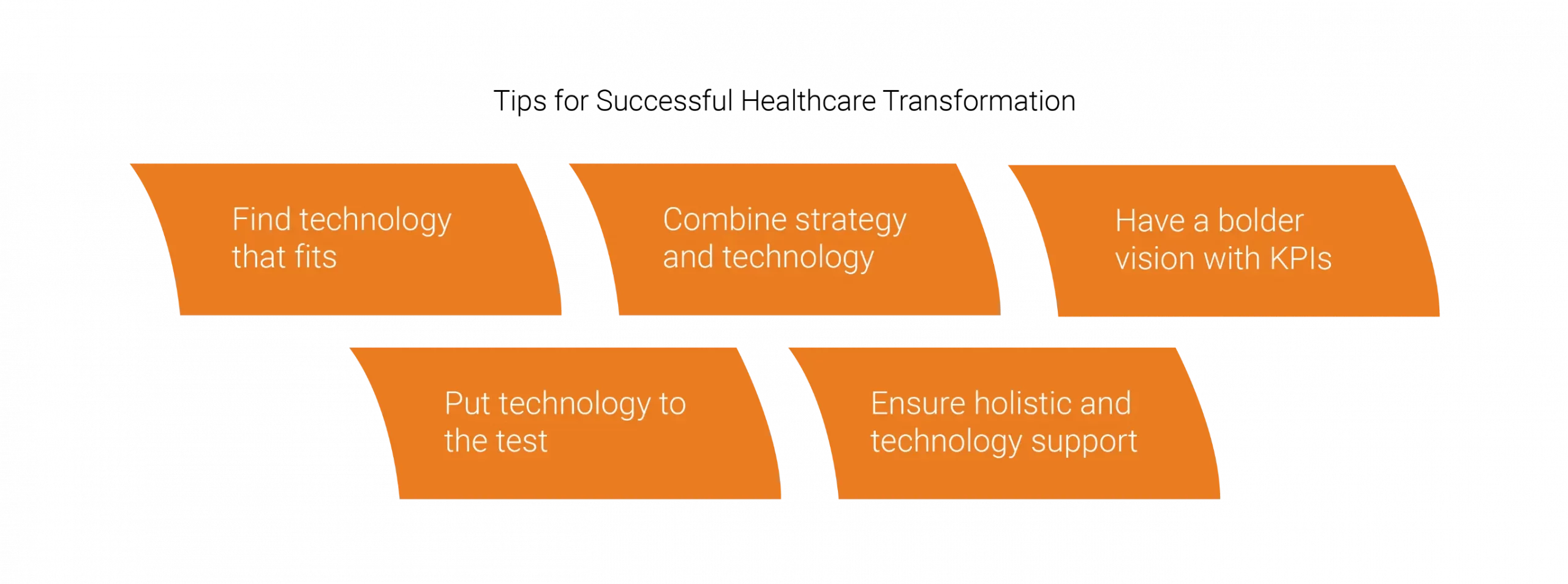








Recent Comments